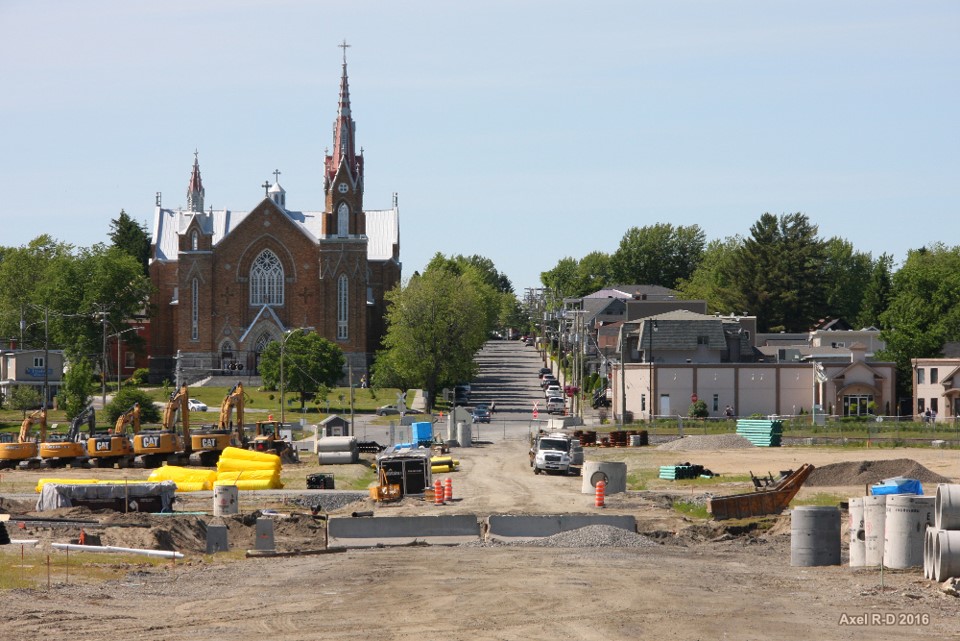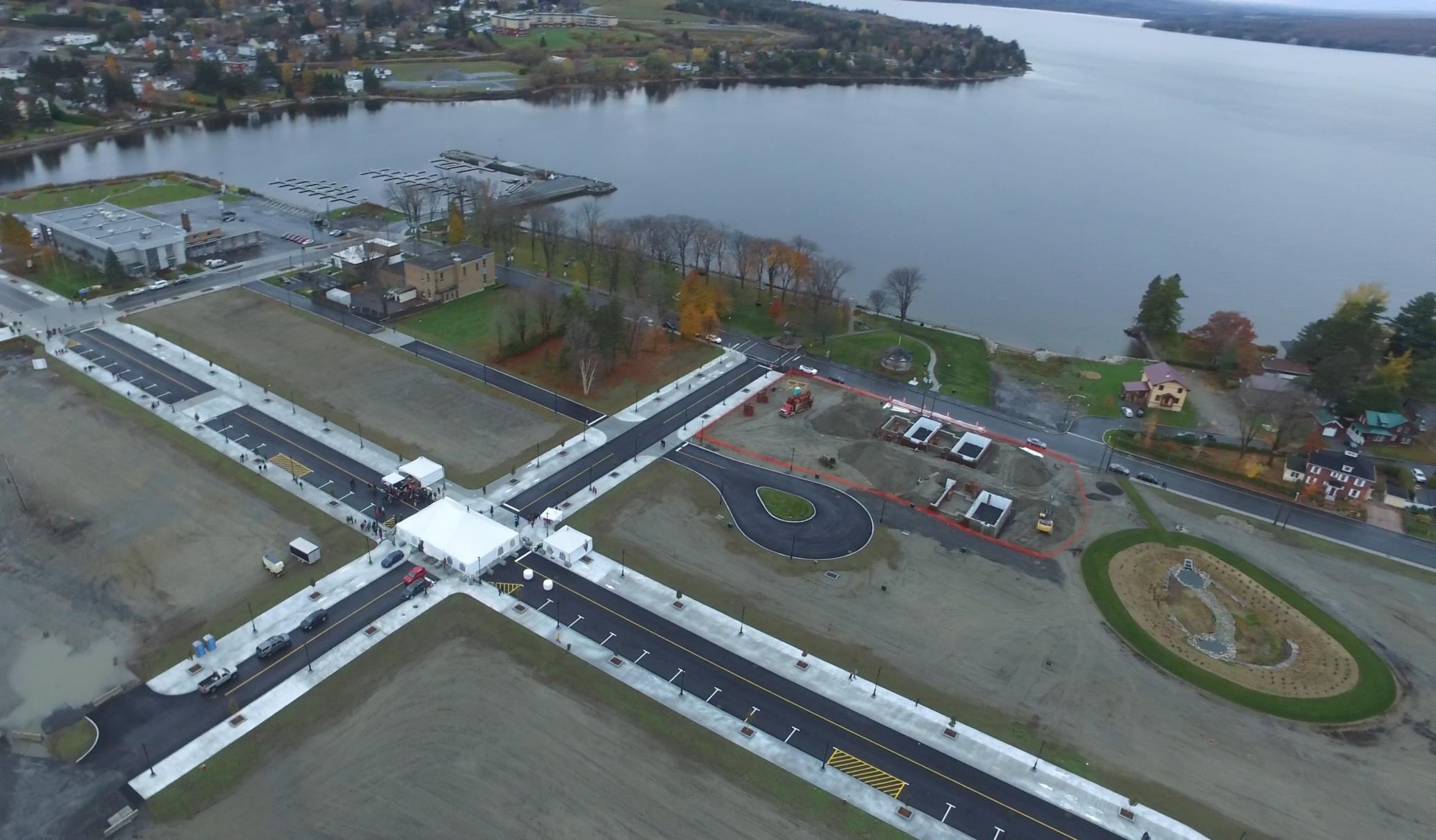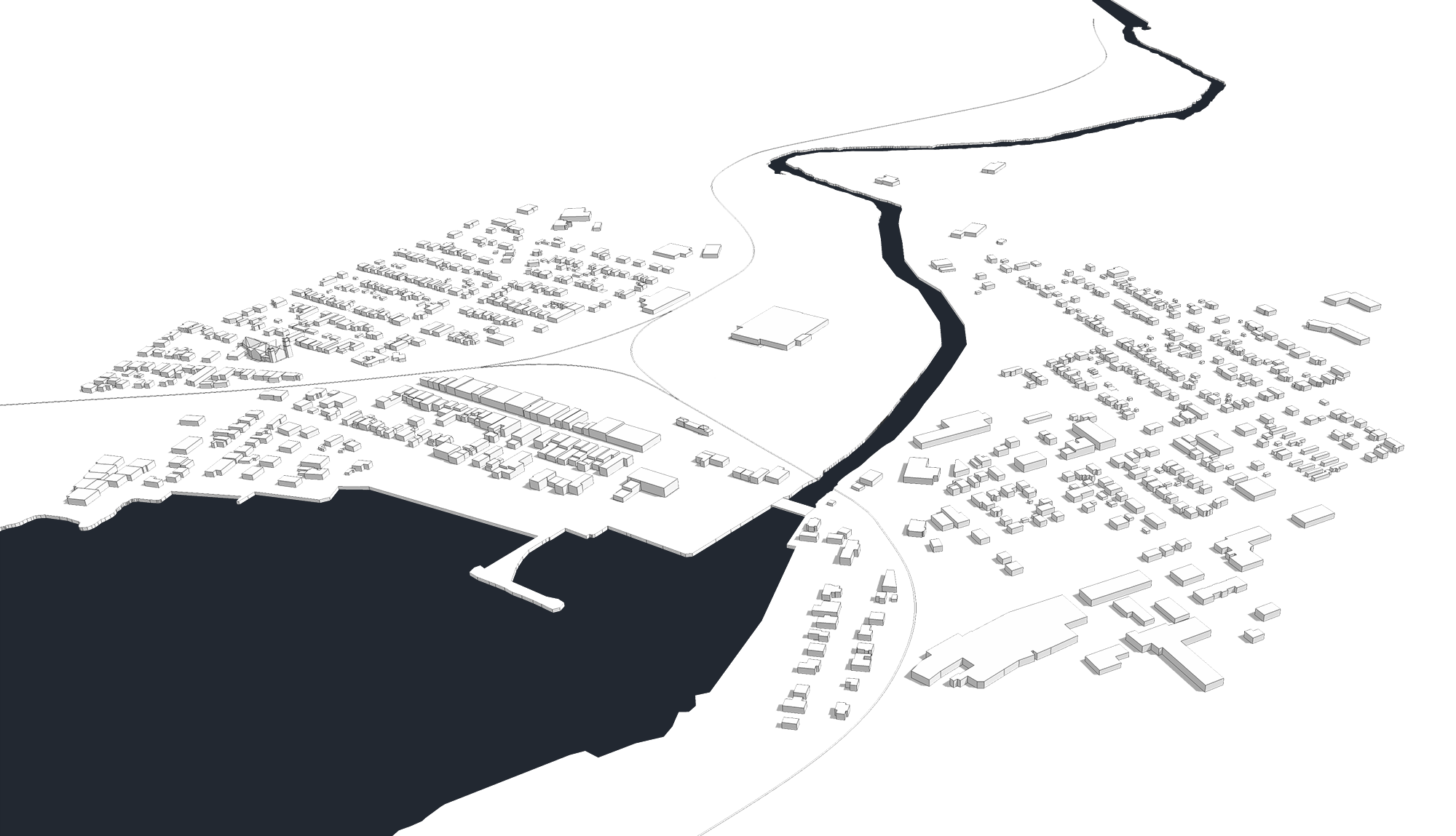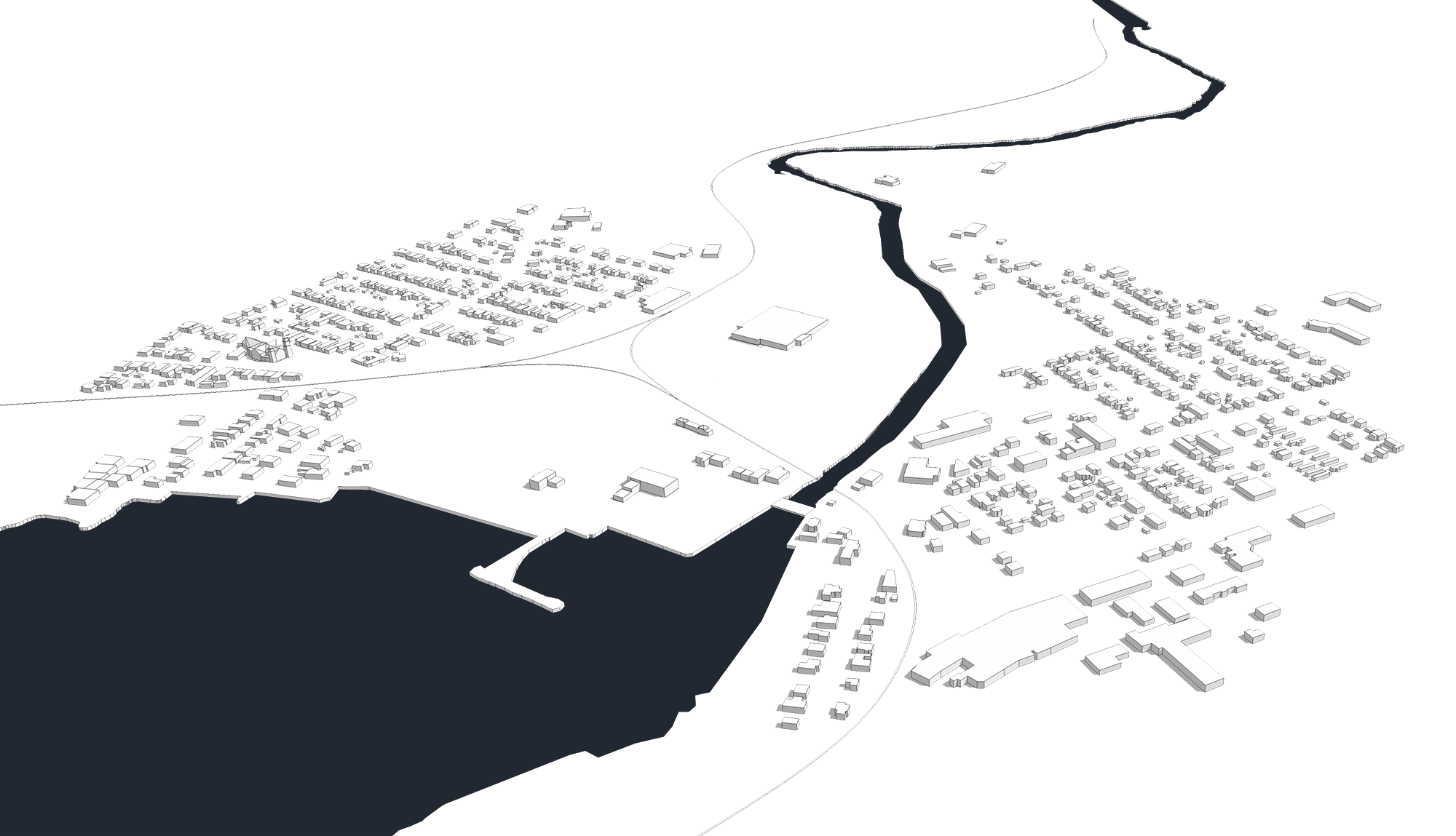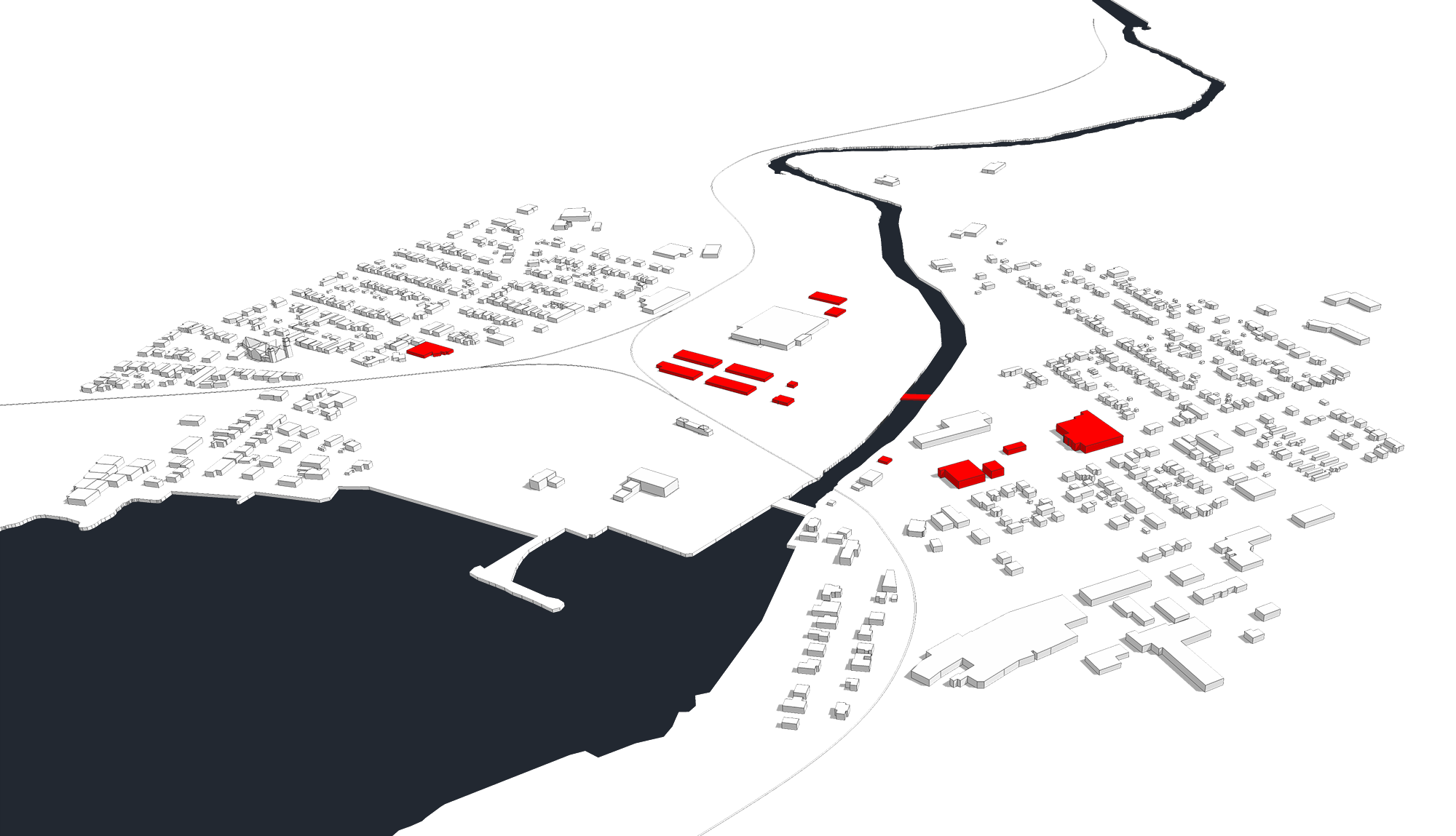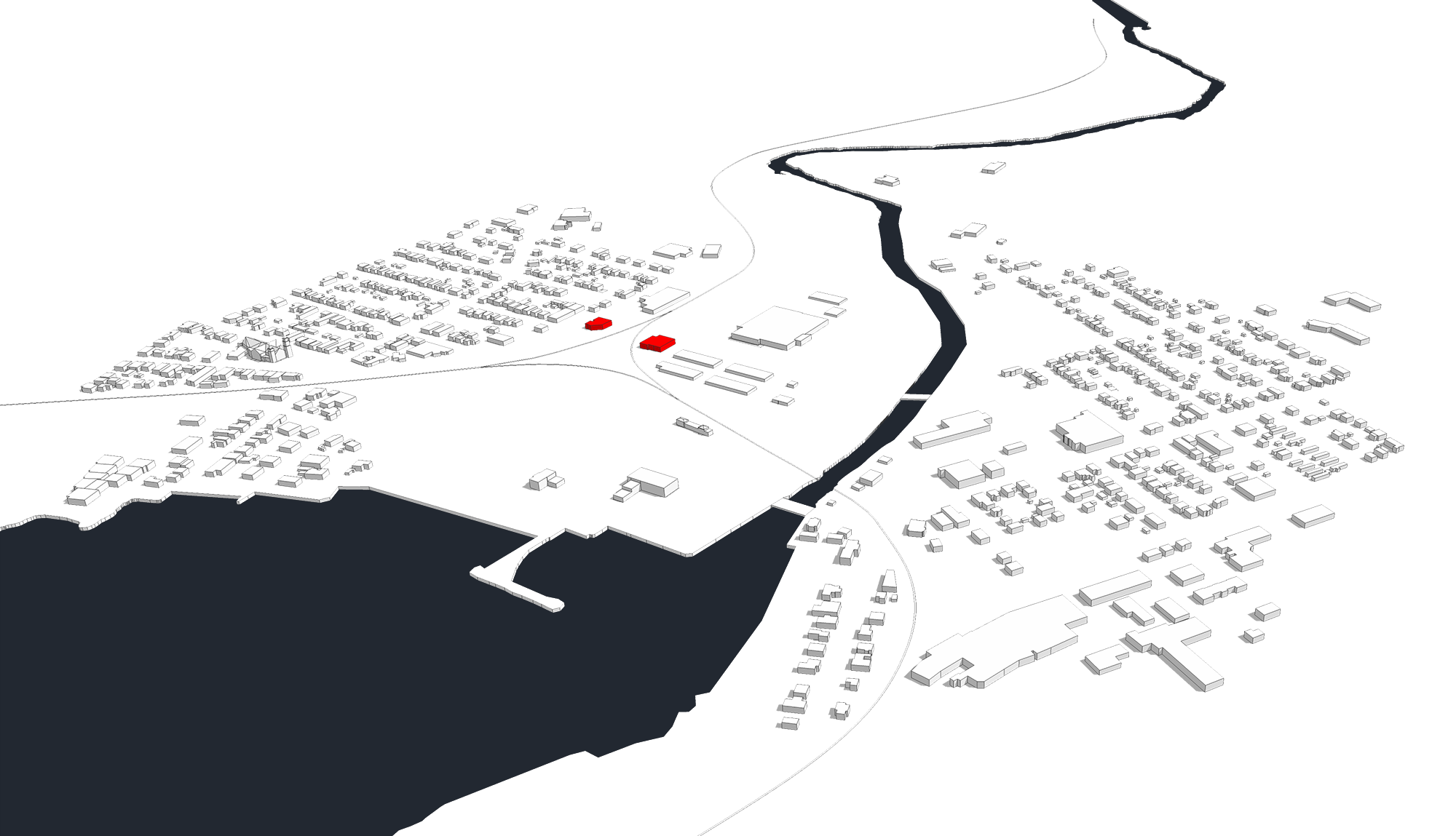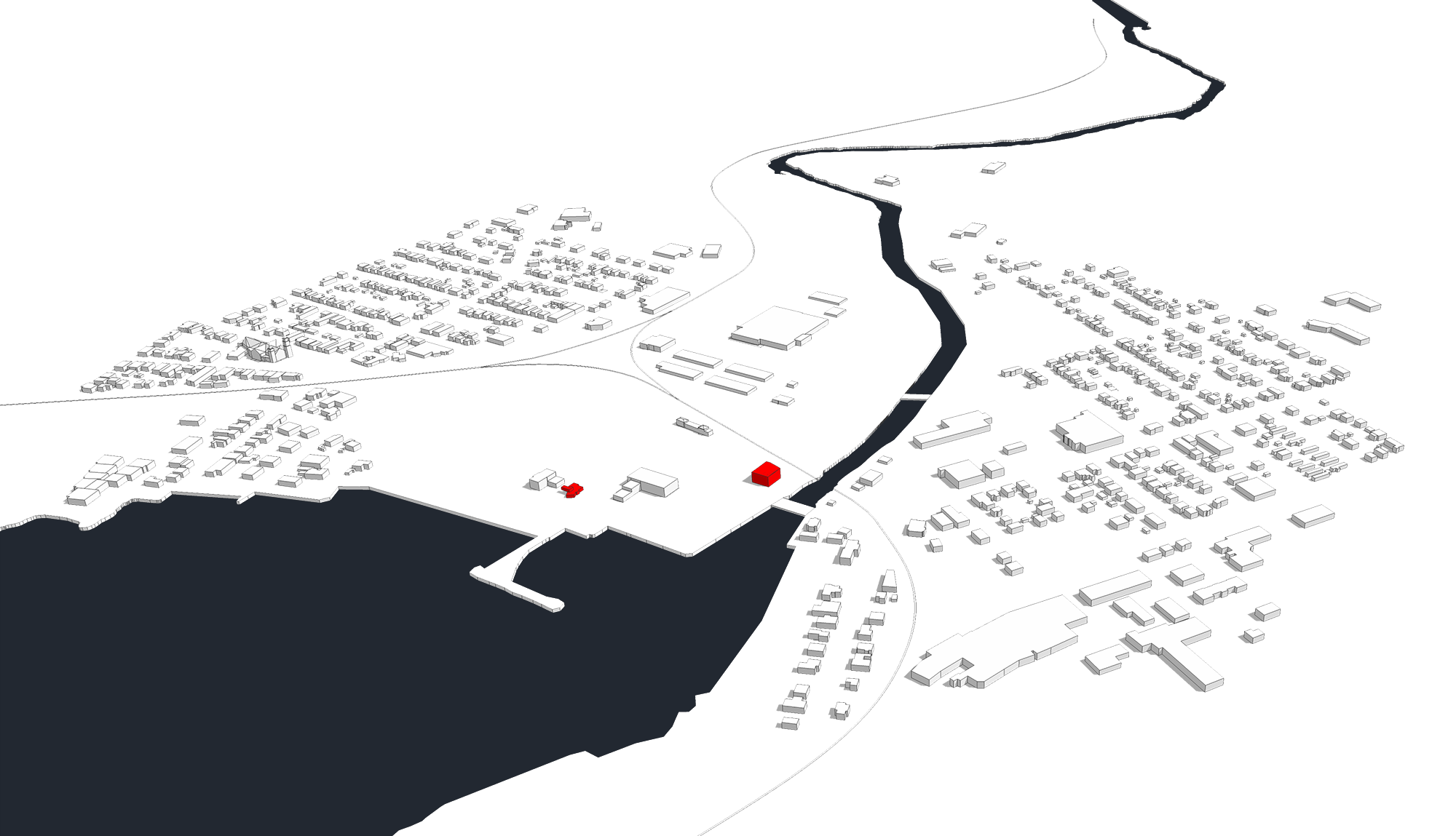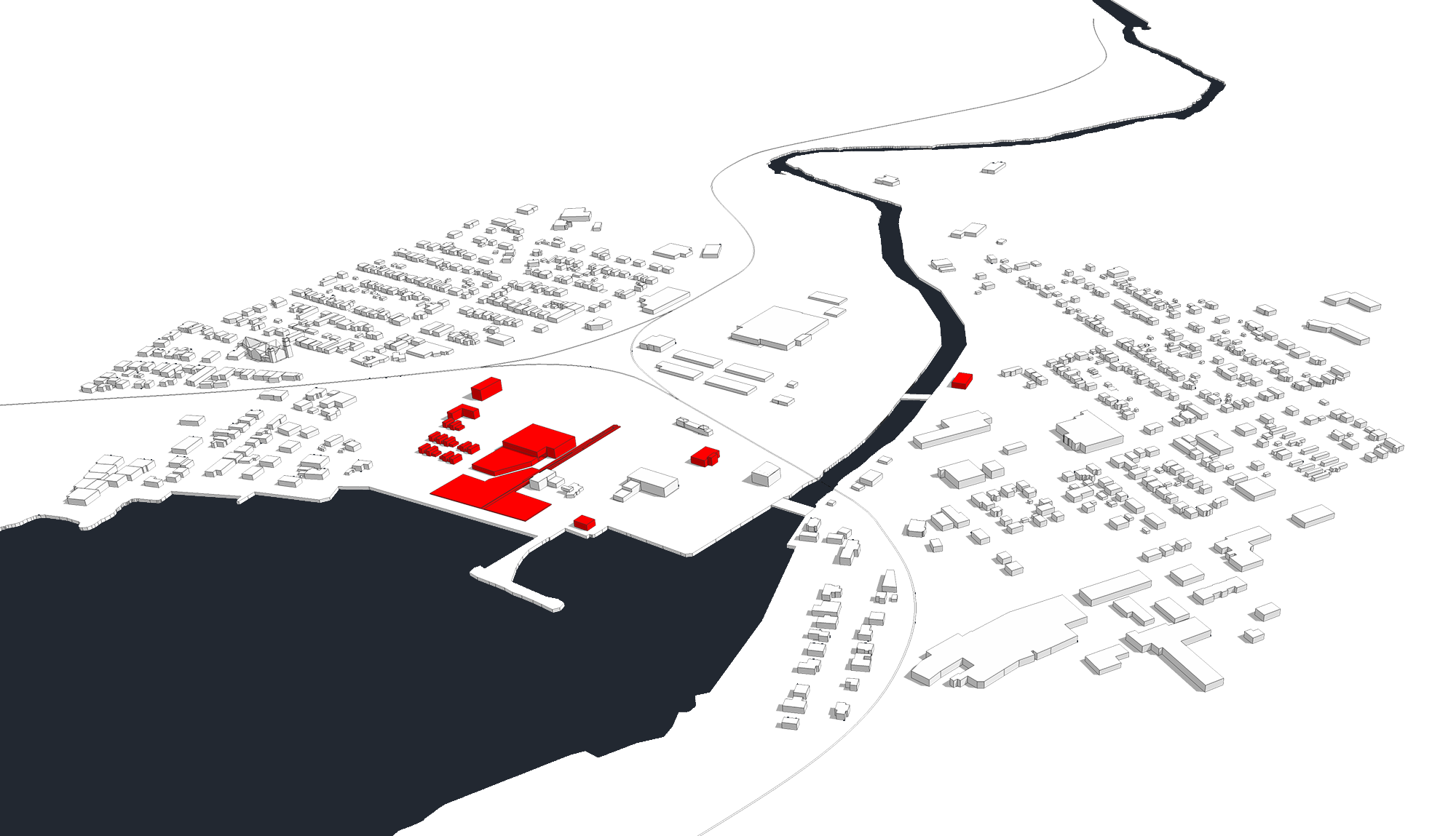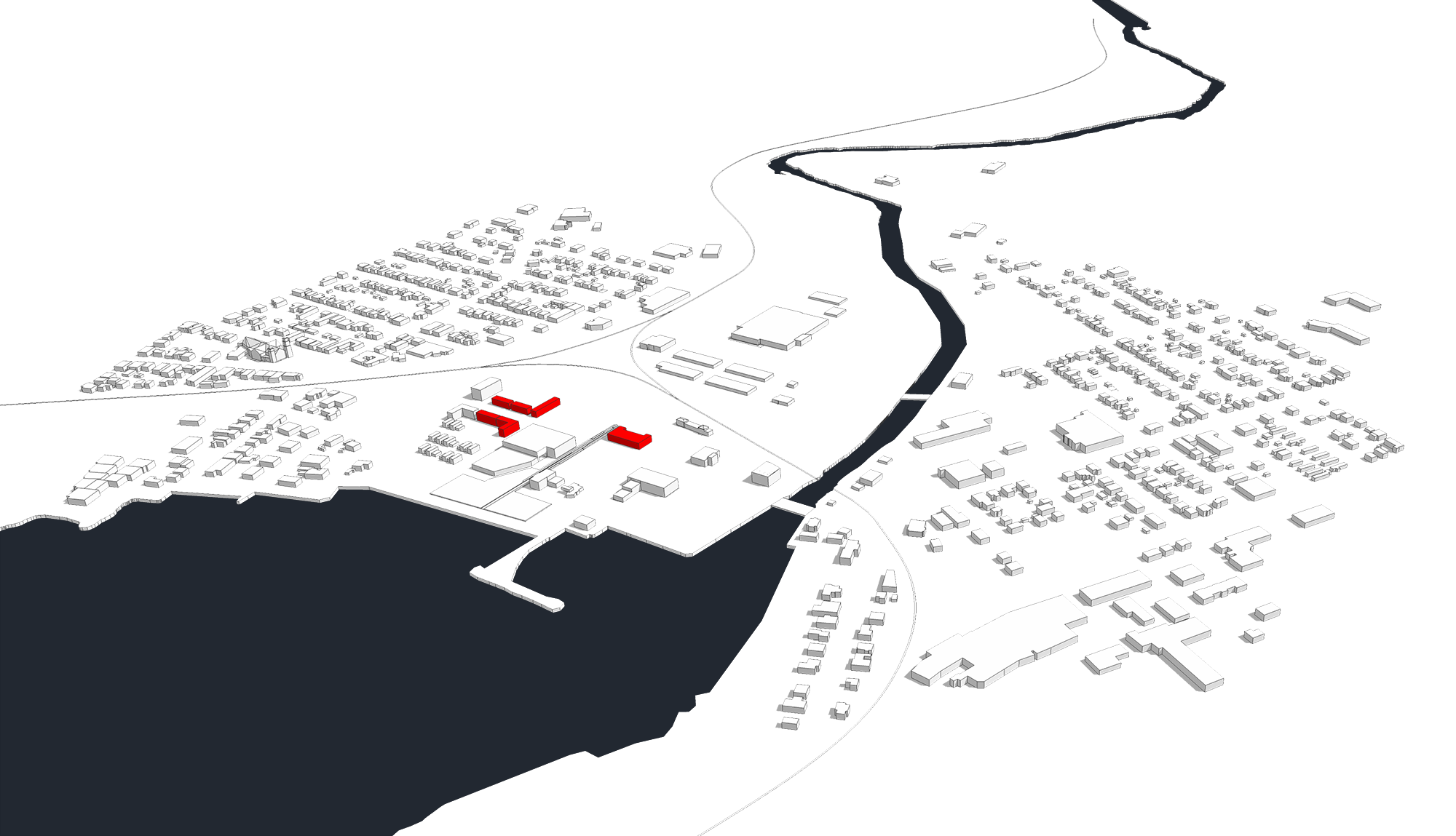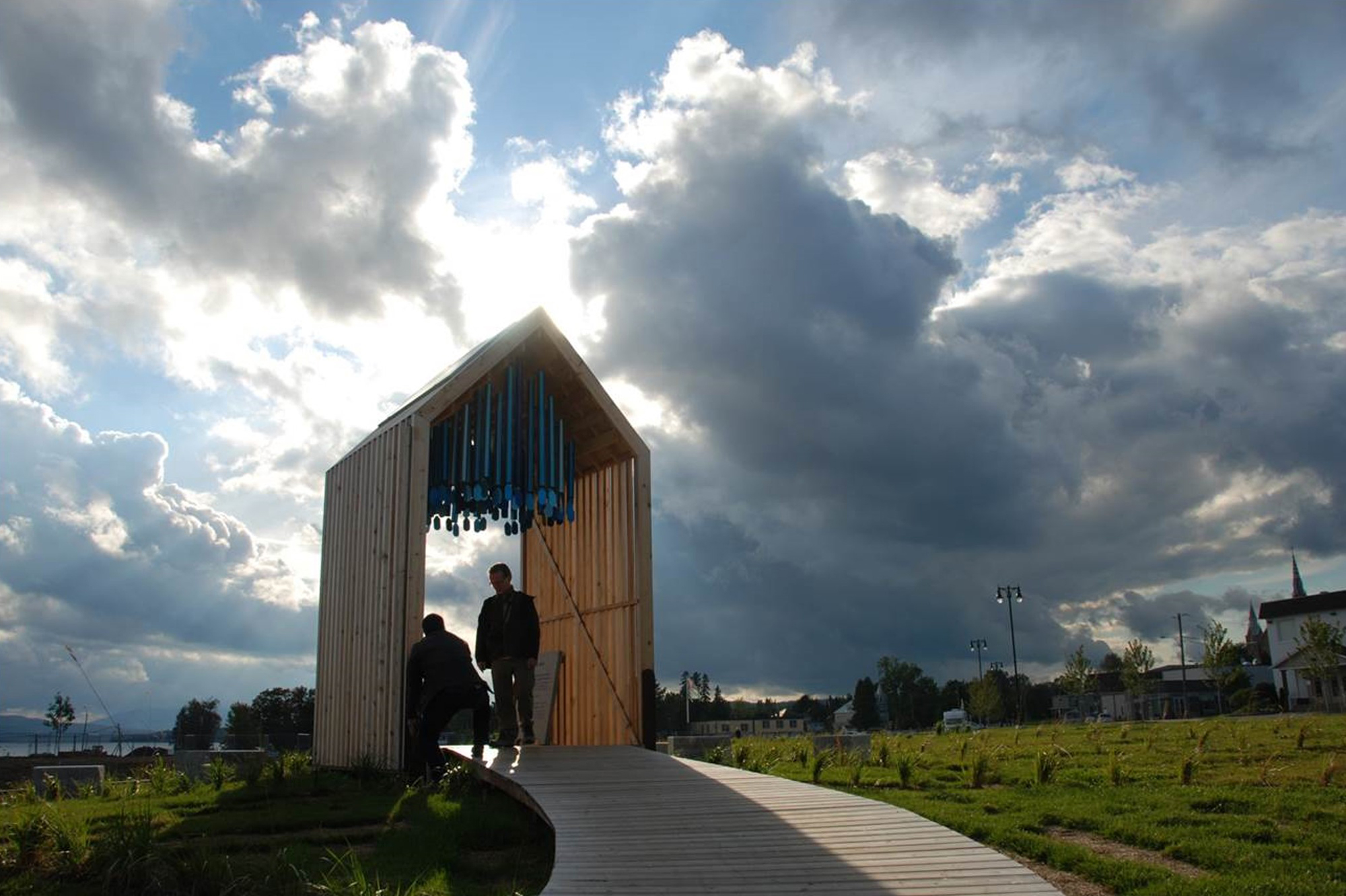
SUBJECT
Case studies
DATE POSTED
February 2017
The analysis that follows is part of a series of case studies mixing architecture and disasters.
It is a synthesis of various research elements gleaned and presented in summary form.
This work is the fruit of several months of three distinct experiences: a workshop (les ateliers du Lac) conducted by the Ecole Nationale Supérieure d’Architecture de Lyon, Université Laval and Université de Sherbrooke; an on-site study tour marked by exchanges with the citizens of Saint-Malo; and a professional experience within the Bureau de la Reconstruction as a consulting architect.
Context : a historic town in the Eastern Townships
Lac-Mégantic is a Quebec city of about 6000 inhabitants, located in the Eastern Townships and administrative center of the MRC (Municipalité Régionale de Comté) du Granit which itself has about 22 400 inhabitants.
The origin of Lac-Mégantic is deeply linked to its exceptional geographical situation. Originally populated by the Abenakis (the term “megantic” meaning “place where there are fish” in the Abenaki language), the forests surrounding Lac-Mégantic were ideal hunting grounds for trappers.
In 1775, during the War of Independence from the United States, Lac-Mégantic (as it was then known) gained some fame as a result of Colonel Benedict Arnold’s expedition from Cambridge to Quebec City along the Chaudière route.
The first settlers, Scots, settled at the site of Lac-Mégantic in the middle of the XIXᵉ century. They named the site after Agnes, in honour of the wife of the Prime Minister of Canada. At the same time, on the other side of the Chaudière River, John Henry Pope had the last section of the International Railway installed on what would become Megantic. The two communities together will then become Lac-Mégantic.
The industrialists took advantage of the natural hydraulic energy of the lake and its currents to transport wood from the surrounding forests and redistribute this raw material via the railway network. Paradoxically, the railroad is therefore at the origin of Lac-Mégantic.
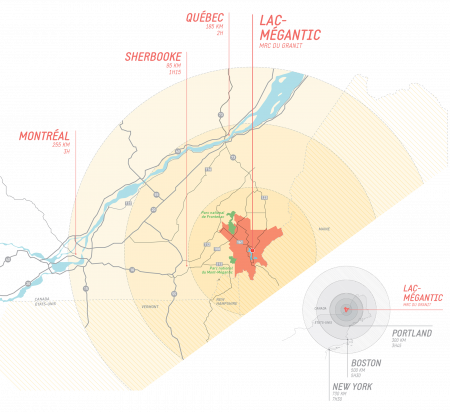

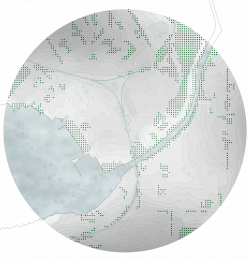
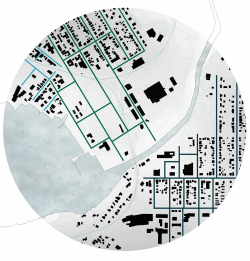
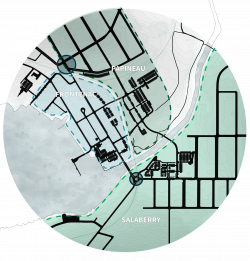
The town of Lac-Mégantic is rooted in the naturally present qualities offered by its environment. It is surrounded by several mountains and forests, thus offering resources (stone, wood) in abundance. In addition, the proximity to the lake and its currents beneficial to the transportation of logs helped the development of industries (water acting as a free mechanical resource). The Chaudière River empties into the St. Lawrence River, which flows directly to Quebec City.
The three frames represent quite clearly the sectorization that took place during the strong urbanization period of Lac-Mégantic. The original settlement patterns of the groups of settlers can be traced. The different neighbourhoods identified by the urban design laboratory of Laval University in Quebec City are struggling to fit together and find coherence.
The disaster of 6 July 2013
On the night of July 6, 2013 at 1:14 a.m. local time, the derailment of a train loaded with heavy oil caused a violent explosion, resulting in the death of 47 people, the evacuation of more than 2000 citizens and the destruction of the historic town centre of Lac-Mégantic.
This tragic event was experienced as a traumatic experience by the population, as everyone was affected in one way or another by the disaster. Frontenac Street, heavily affected by the disaster, had about 100 homes and more than 110 businesses.
This industrial tragedy represents the largest oil spill on land in North America. The environmental, psychological, social and economic impact was such that it will forever mark the history of this city.
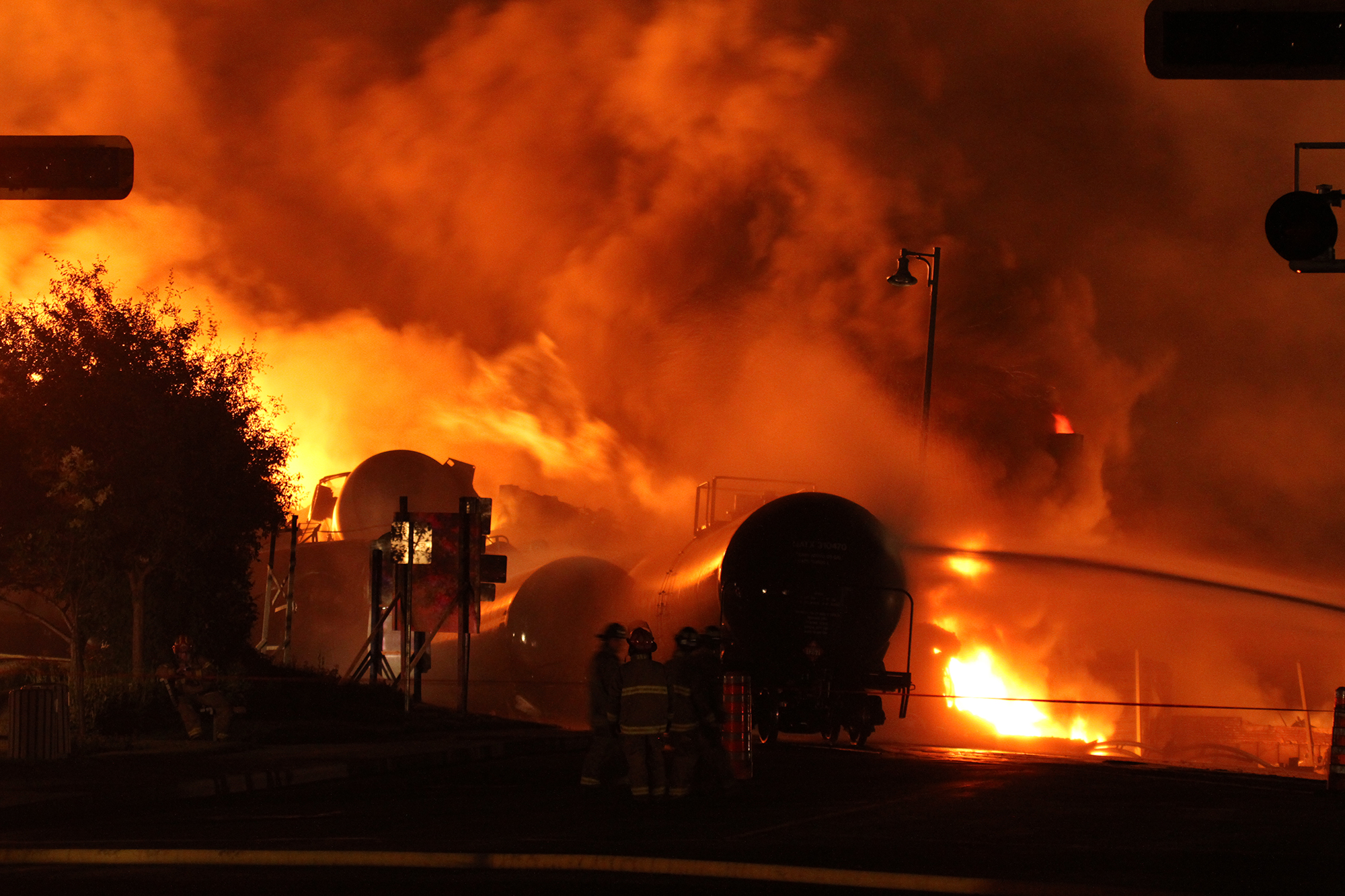
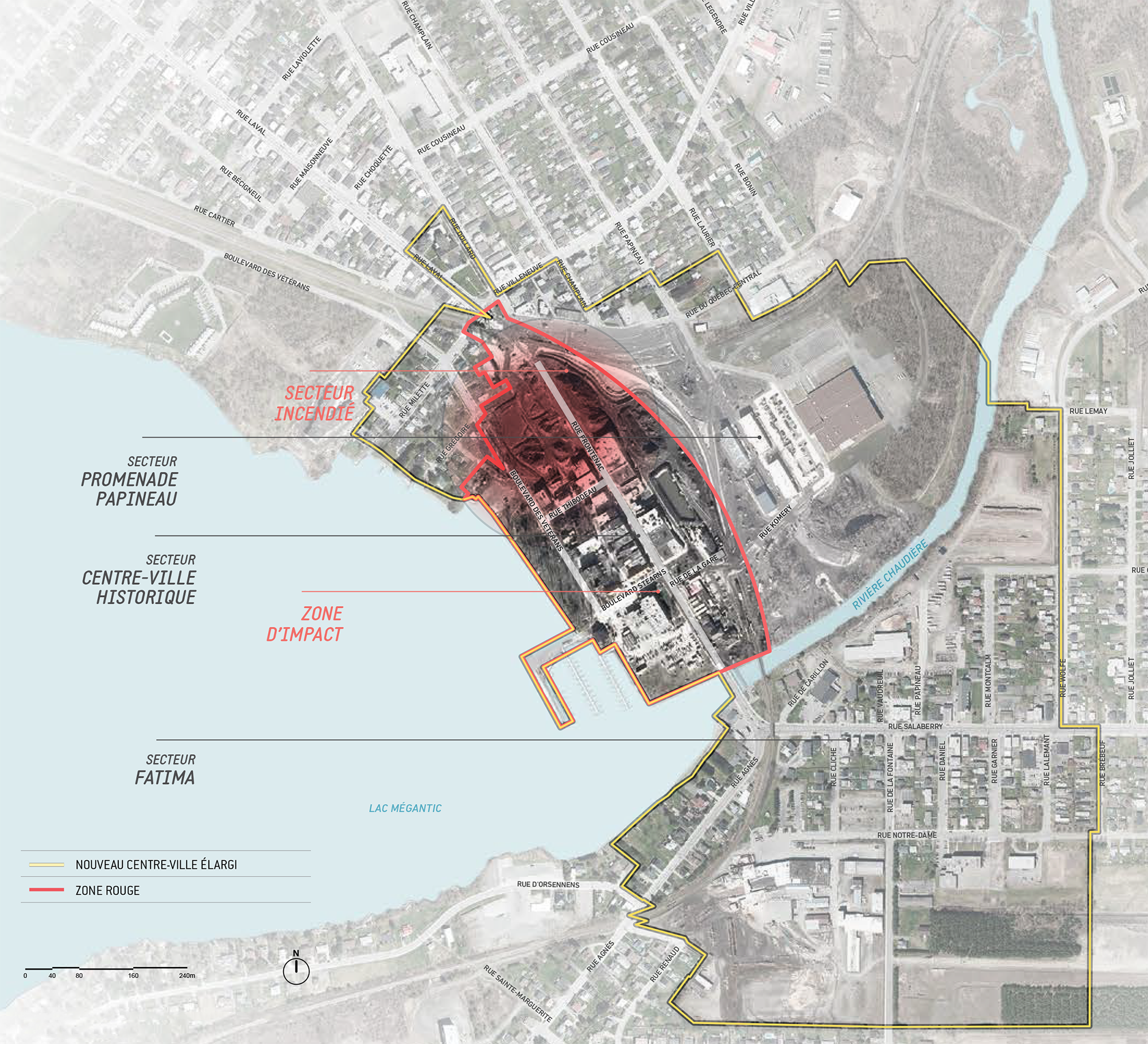
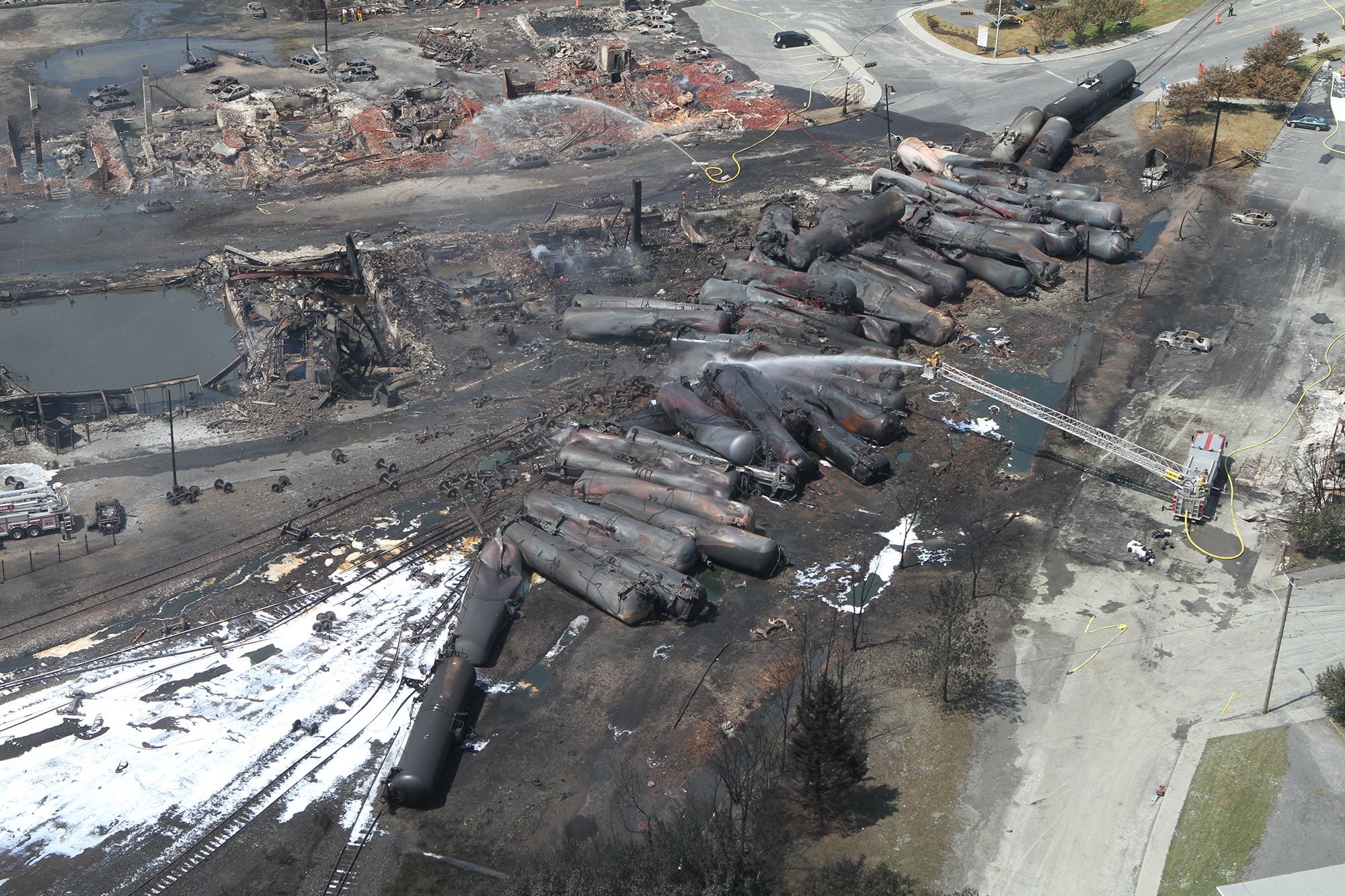
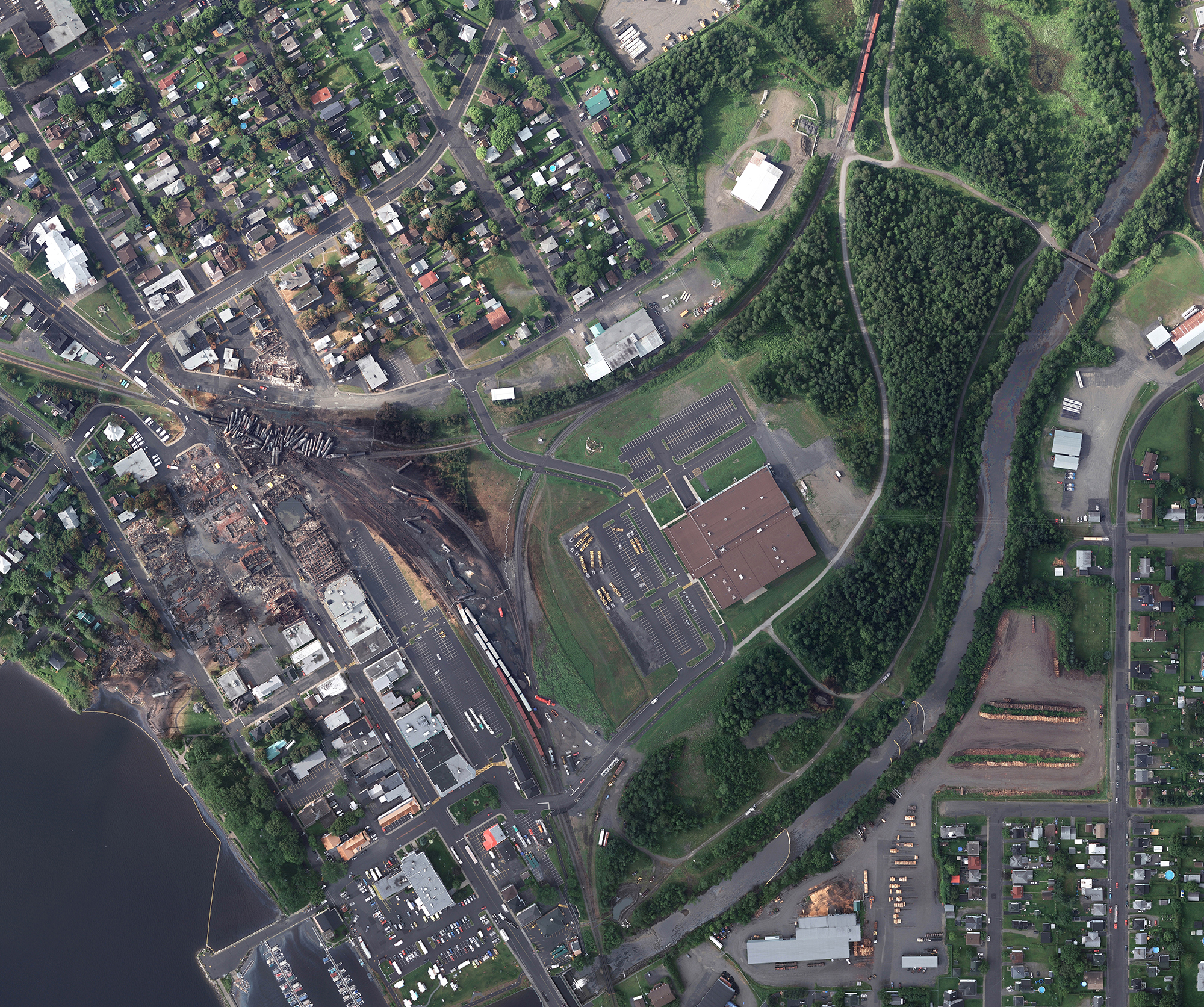
"Reinventing the city" : a lever of resilience
In order to face this disaster, the people of Megantic and their emblematic mayor at the time, Mrs. Colette Laroche, launched a call for citizen participation through “Reinventing the City”. It was on this occasion that the Reconstruction Bureau was created, in charge of coordinating the various actors for the reconstruction of Lac-Mégantic.
In addition, a heavy soil decontamination operation was necessary, leading to the destruction of most of the buildings located on Frontenac Street.
Beyond the material losses, the disaster traumatized the population and disrupted its already weak economy. Because of its small size, each meganticois has experienced the loss of one piece of knowledge in one way or another. Even today, according to studies conducted by the INSPQ (Institut National de Santé Public du Québec), the population is still struggling to recover from the shock.
On the economic aspect, the high concentration of local businesses on Frontenac Street has changed the population’s habits. Their relocation on the newly created axis, Papineau Street, was not convincing and raises questions today.
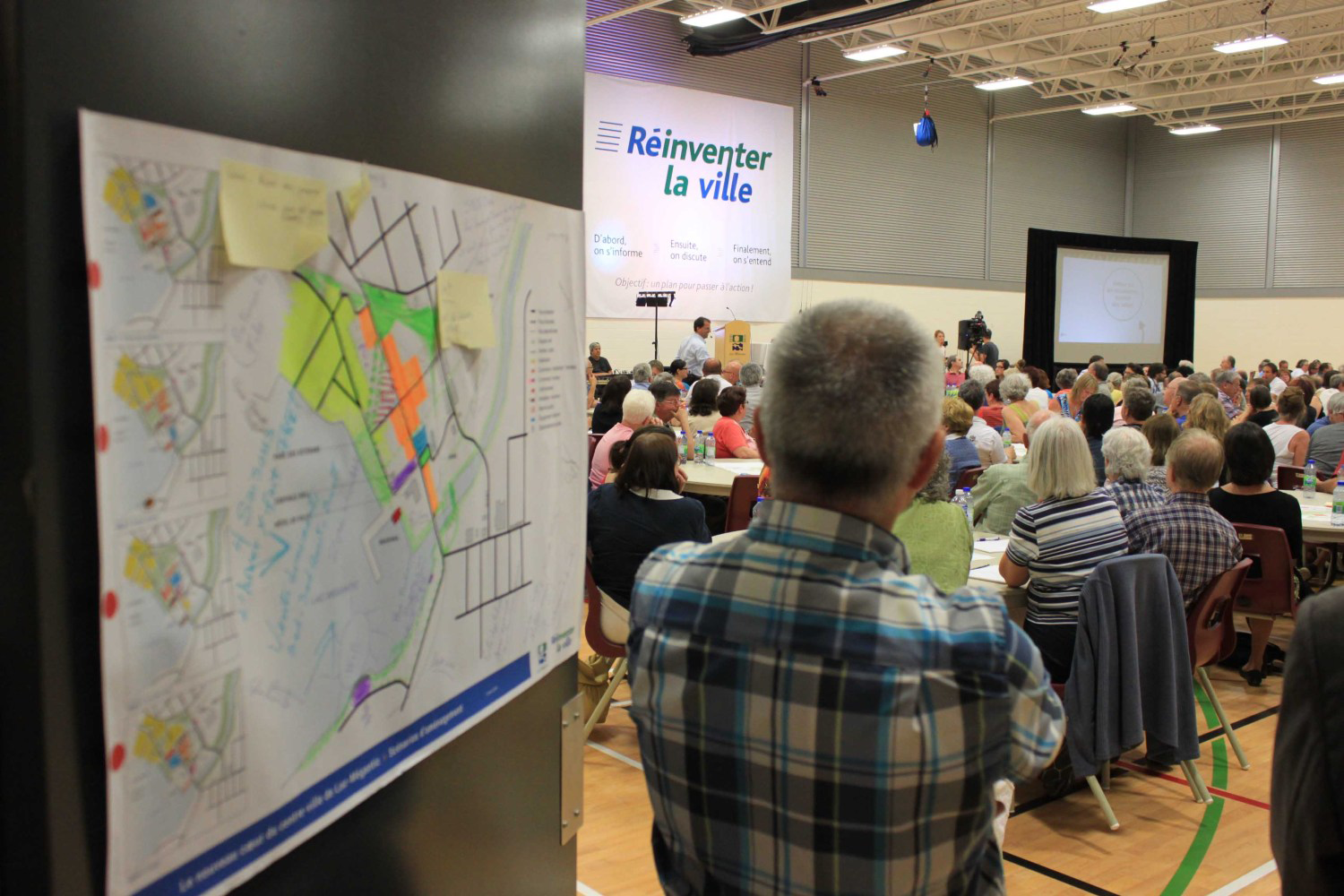

Citizens' initiatives : Magnetic Centre
In addition to the consultation operation organized by the town of Lac-Mégantic, we note the appearance of citizen initiatives driven by the desire to participate in the territory’s resilience. One of them, the Centre Magnétique is a NPO (Non-Profit Organization) founded in 2014 by Bernard d’Arche and Cécile Branco. The objective was to contribute to the economic recovery of the Lac-Mégantic region following the railway tragedy of 2013. This support takes the form of two programs gathered around the Centre Magnétique entity: support for entrepreneurs and the Quartier Artisan program.
This initiative is part of the “Reinventing the City” initiative. It allows to modernize the vision of work and entrepreneurship but also to question the desertification of outlying or central cities. What can a city like Lac-Mégantic offer young Montreal entrepreneurs? To this question, the Centre Magnétique proposes different arguments and positions itself as an actor of the resilience of the Megantic territory.


The Bureau of Reconstruction, a necessary guard rail ?
Created in the fall of 2015, at the initiative of the City of Lac-Mégantic, the Downtown Reconstruction Bureau aims to act as an interface between the various actors in the post-disaster process. The idea of such an organization, different from the municipality to which the Bureau de la Reconstruction is still attached, was evoked in the framework of the citizen participation “Reinventing the city” in 2014 by the citizens of Lac-Mégantic.
The Bureau defines its mandate in four main roles :
– Coordination of private and public actors involved in reconstruction;
– Stimulation of the community;
– Continuation of the citizen participation process;
– Promotion of the Lac-Mégantic brand image to live, visit, undertake and work in Lac-Mégantic.

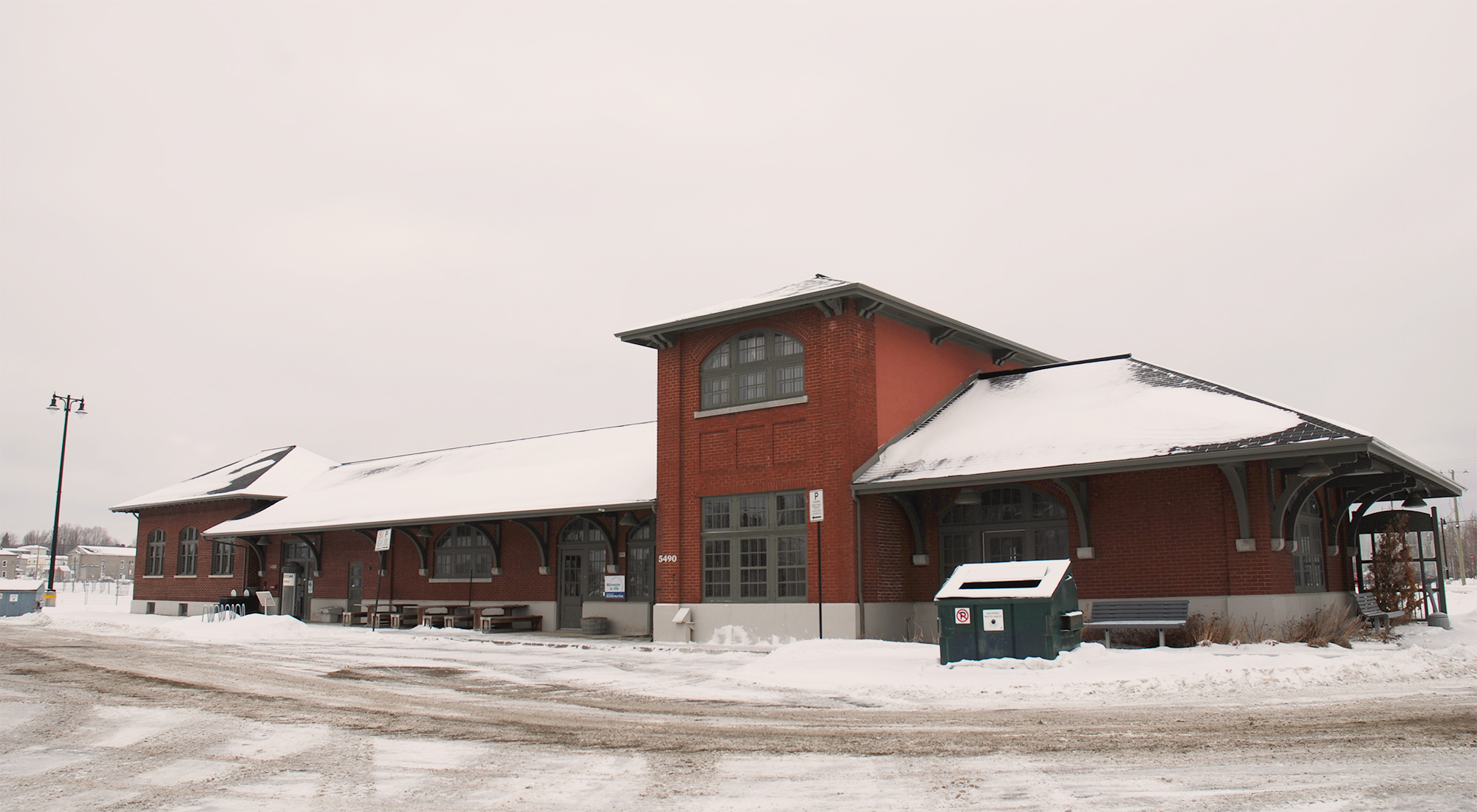
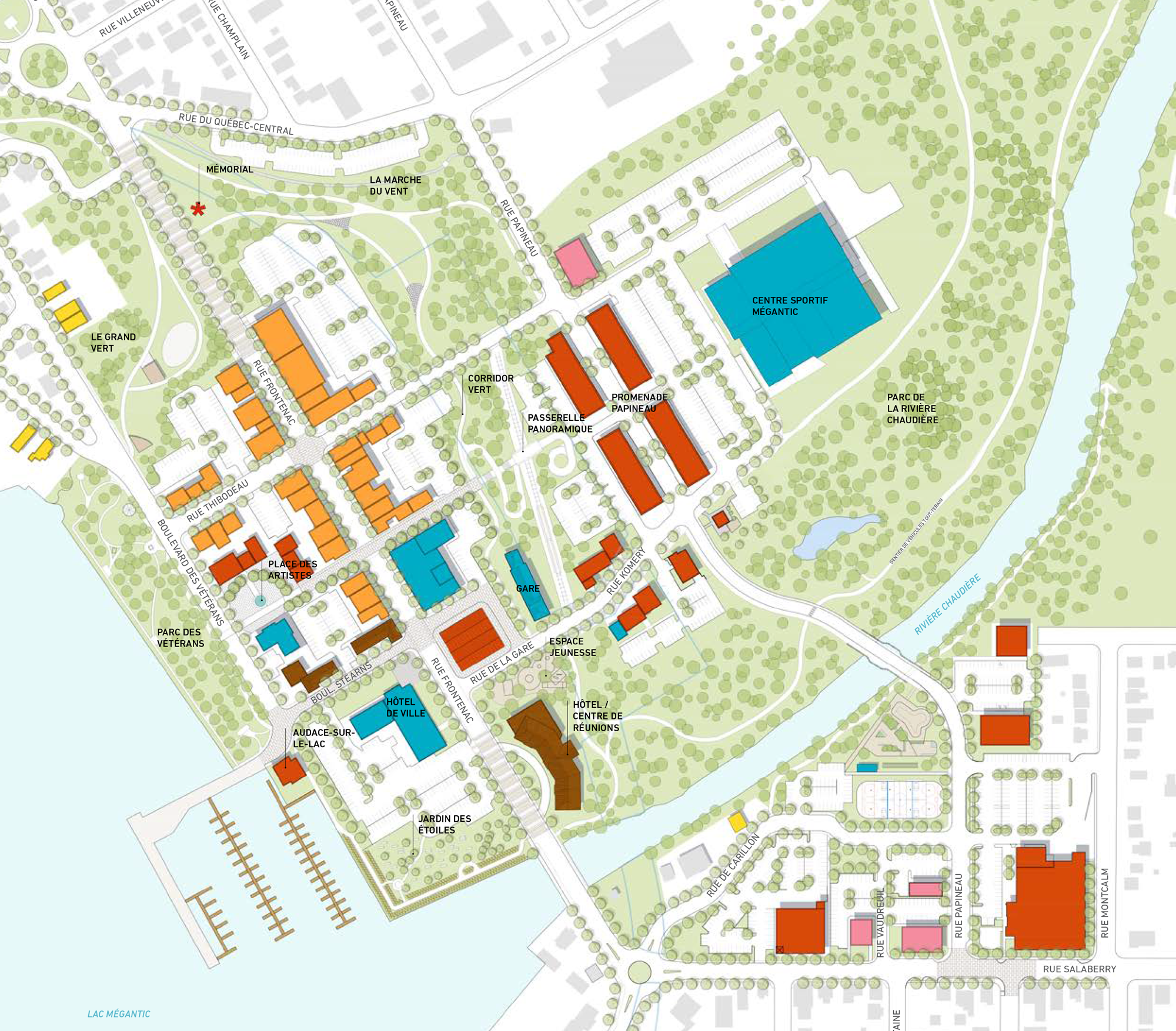
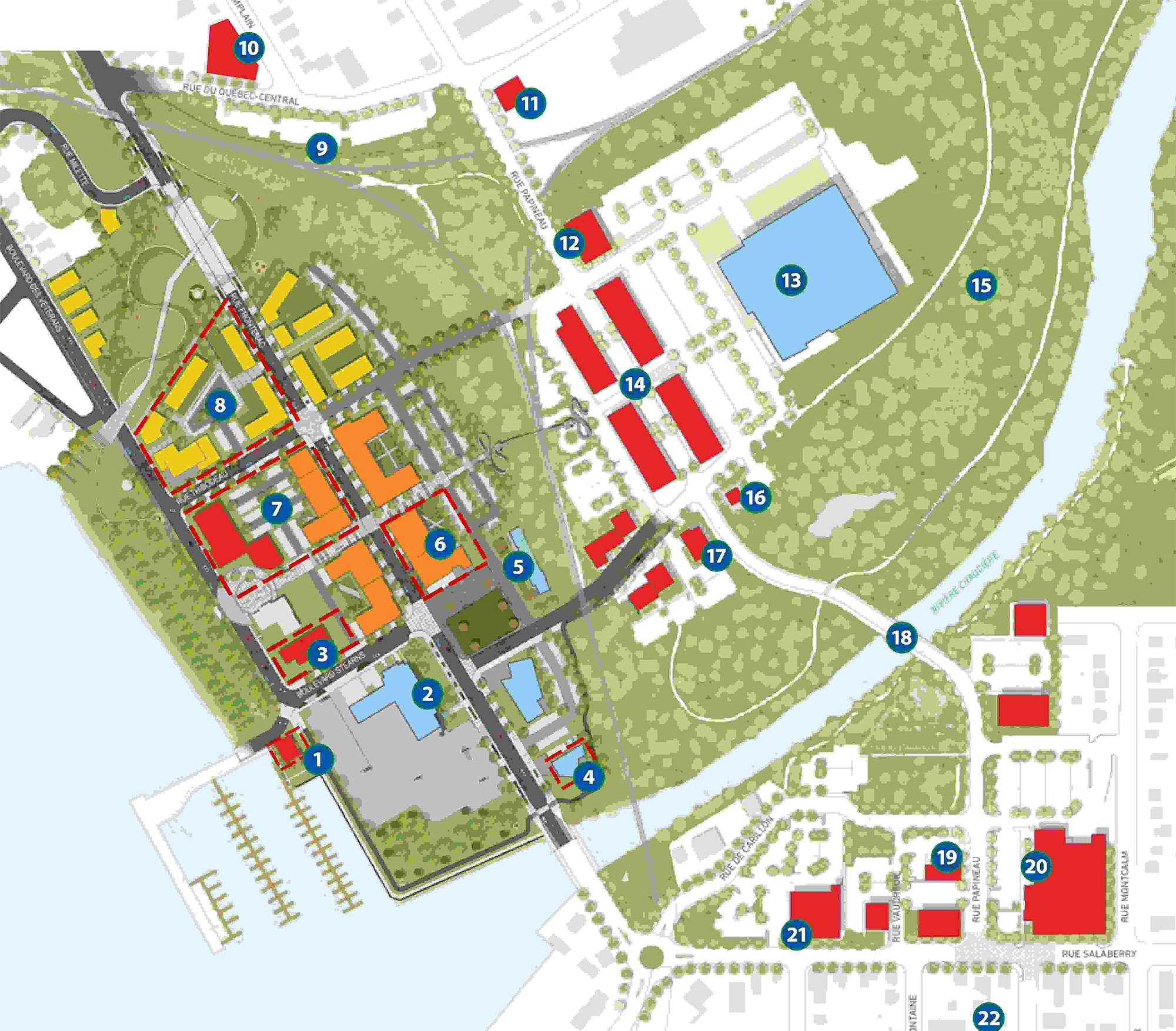
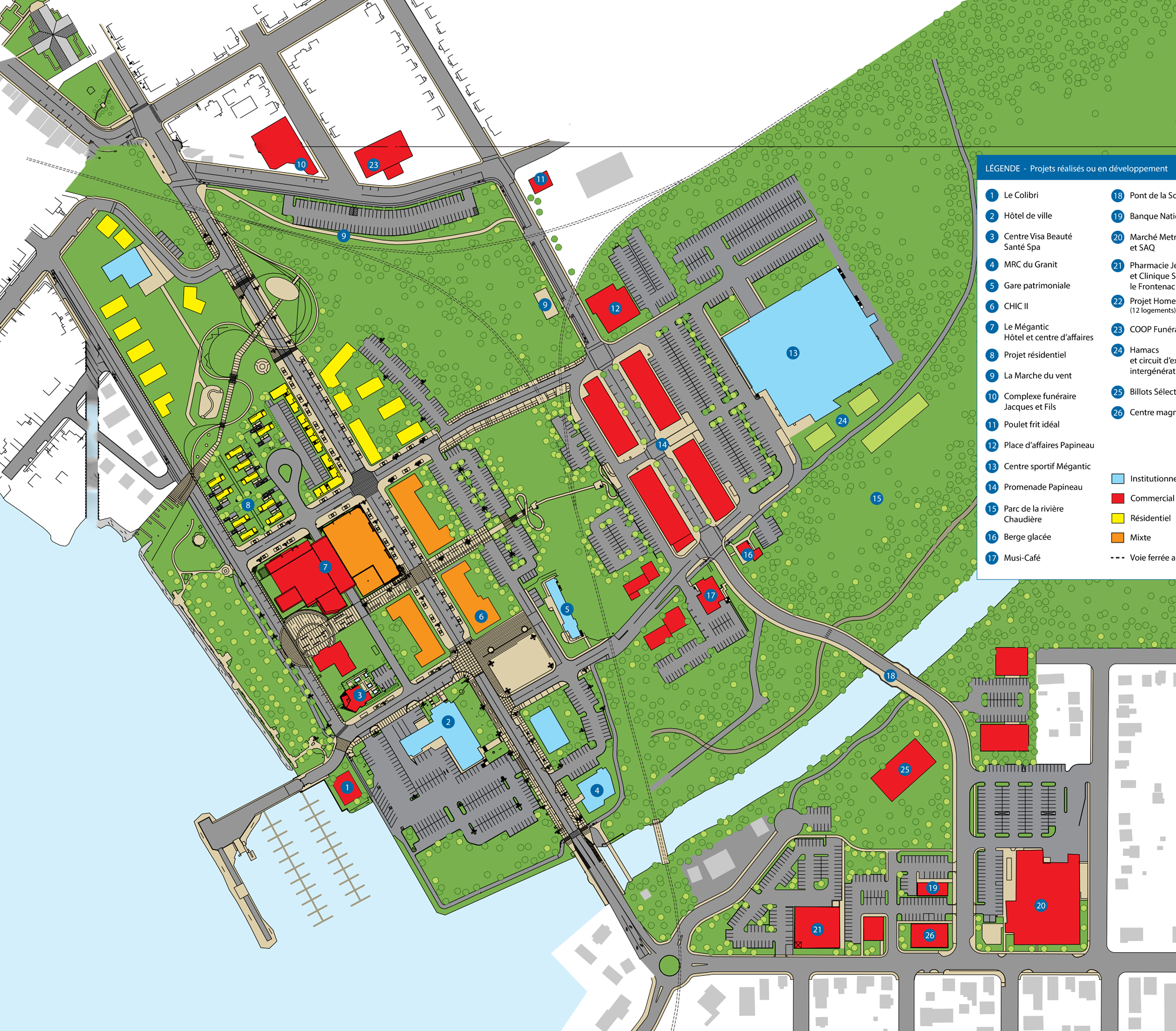
A clumsy repair that raises questions
Despite the work carried out by the town of Lac-Mégantic and its Reconstruction Bureau, there is still a feeling of awkwardness linked to the novelty of this type of situation.
Citizen consultation intervened as a need to free the voices of the people of Lac-Mégantic, who were affected in one way or another by the disaster. The weight of the words and promises made through this exercise placed a strong responsibility on the shoulders of the government and the municipality. How can we not disappoint? How can we make people forget the disaster? Should we forget? These questions, many and legitimate, may not have been clearly asked. The urgency of reconstruction, even if it is disorganized or even rushed, gives rise to a series of nonsenses that hamper the overall repair project.
The mission of the Bureau of Reconstruction, a structure designed as a safeguard against the brutal reconstruction that sometimes occurs in such situations (L’Aquila is a perfect example), seemed imprecise. In addition to the complexity in the governance of the reconstruction (municipality, Reconstruction Bureau and investors sharing the subject), there was also a lack of expertise in the area of reparation. The public space was thus relegated to the background, missing an opportunity to rethink the city to make it a model of its time, enhancing the assets of the sublime Granite region.
